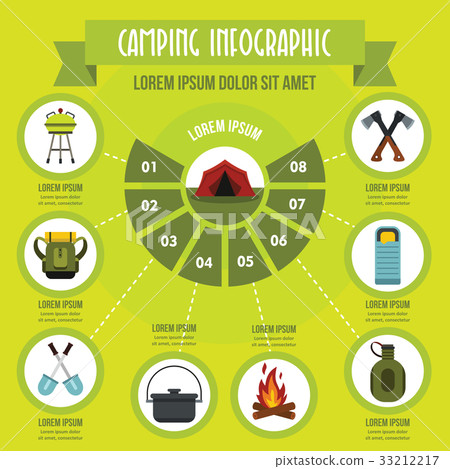While many campers focus on a camping tent's canopy to safeguard them from rainfall, snow, and insects, the outdoor tents floor is equally essential. A quality flooring offers protection from standing water, soggy mud, and sharp rocks.
At White Duck Outdoors, we offer free-floating vinyl floors that are tailored to each outdoor tents dimension. This enables you to pick a floor lining or utilize your own canvas tarpaulin as a lining.
Durability
There are different sorts of floorings available for wall outdoors tents. Free-floating floorings are separate pieces that you lay on the ground prior to developing the tent, making them simple to set up. A sewn-in floor is a little more complex, but it offers superb defense from water and insects.
However, the best choice is a camping tent floor lining. A lining is thick and pressures any type of water or bugs to go under the floor rather than through openings in the camping tent. It additionally lowers the amount of dirt that gets inside the outdoor tents, making it much easier to clean and keep.
All White Duck Outdoors wall surface outdoors tents feature a free-floating flooring consisted of, so you don't have to worry about buying and mounting one independently. We comprehend the significance of being able to customize your space and make camping even more satisfying. The free-floating floor makes the outdoor tents much easier to bring, clean and store, deluxes that sewn-in or 3/4 floorings do not provide.
Climate Resistance
When picking a protective cover for commercial or logistical functions, weather resistance is often a vital element. Canvas tarps are traditionally made from all-natural materials, while plastic tarps include advanced polymer design. This difference in make-up results in drastically different efficiency attributes, maintenance needs, and ideal applications.
Vinyl tarpaulins are perfect for long-term industrial protection due to their sturdiness, water-proof functions and chemical resistance. They also use good UV security and are lighter than canvas tarps. These properties make them the recommended choice for covering equipment and creating short-term frameworks.
Easy Maintenance
The toughness of plastic floors and their resistance to deterioration translates into marginal upkeep requirements. Wipe-downs with moderate soap and water suffice to maintain them looking tidy, while persistent discolorations can typically be gotten rid of without much effort.
On the other hand, canvas covers are most likely to soak up dampness with time, leading to mold and mildew and mildew development otherwise appropriately dried out or treated. Moreover, they could require even more frequent waterproofing treatments to preserve their protective buildings.
Additionally, a woven textile like cotton is prone to puncturing and tearing gradually, making it extra prone to harm from sharp objects or abrasive surface areas. Plastic is crafted to resist these threats more effectively, placing it as a remarkable option for heavy-duty security applications. canvas shoulder bag On top of that, its synthetic elements provide remarkable toughness and long life compared to canvas materials. Consequently, they typically have a reduced ecological footprint in terms of production and disposal. They likewise tend to have an extra flexible modification ability, promoting the unification of detailed layouts and color pattern.
Environmental Influence
Similar to all products, it's important to recognize the environmental account of each material. This includes every little thing from resources sourcing and production procedures to usage long life and end-of-life disposal choices. This details enables businesses to make smarter choices that straighten with sustainability objectives while fulfilling operational needs.
Sailcloth naturally straightens with eco-conscious objectives because of its naturally degradable nature and lower manufacturing impact. Its lighter weight equates to less storage space and transportation needs. Its lowered upkeep demands and longer lifespan further lower general expenditures.
Vinyl, on the other hand, relies upon artificial components for its durability and climate resistance. Its chemical treatments require high power input. Vinyl's non-biodegradable homes further make complex recycling and waste administration protocols. Nevertheless, it does offer premium waterproofing and UV deterioration resistance to outdoor settings.
